PLUS reads like a counterpoint to the prior album’s emotive, warm and introspective narrative with its abstraction, playfulness and generative bounce.
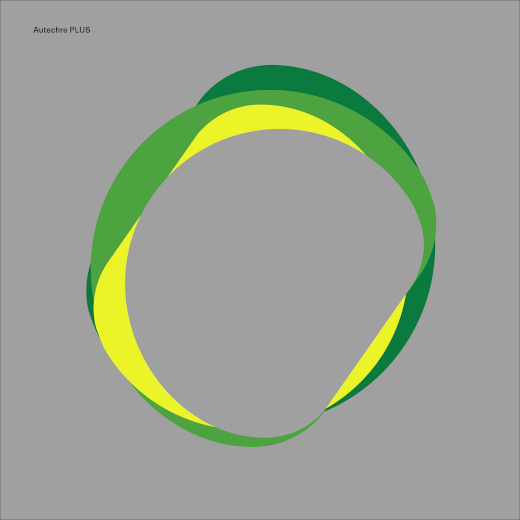
A deeper window into Ae’s process and topology
Overlaying datasets provides more resolution for discovering details in almost any process. Maybe this is why Autechre have dropped a follow-up “EP” (in actuality, more resembling an album) of new material shortly after their major releases over the past decade. We get to 2D scan this place with another pass, and make out more of its topology, infer more.
Short of the screenshots of their now-infamously tangled and seemingly impenetrable Max/MSP patches of years past, these “plus” releases—comprised of deconstructive rebuilds of prior tracks, reused patches or offshoot ideas of their preceding albums, alongside new hints—offer a deeper window into Ae’s process. What’s surprising about this outing is its proximity to the jumping point. Most follow-ups by Autechre have debuted some months after their genesis work. PLUS was released only 12 days after the prior album, SIGN. Based on their interview with the NY Times for SIGN, they said it was too on-the-nose for 2020 in retrospect, a little too direct to our present moment. PLUS reads like a counterpoint to the prior album’s emotive, warm and introspective narrative with its abstraction, playfulness and generative bounce.
The tracks themselves vary substantially in tone and apparent construct, and at times dip back into something that feels like a direct reflection of SIGN. Some patches are presumably re-used, along with thematic inclinations, and a sense of minimalism that expands past the starting point less than two weeks prior. The following is a brief description of the composite components of PLUS:
A reflection on this imaginative listening session ::
“DekDre Scrap B” — To utilize Autechry language: A counter drone intro—and, it seems, a scrap—whether a tiny slice of a larger jam, or a shorter unique output amongst longer works, this is quite a nice scrap as far as they go. Like “M4 Lema” on SIGN, it similarly sputters into acoustic greetings mode immediately. Welcome back to this weird place, friend.
“7FM ic” — Frequency modulation (7x mods?). IC = integrated circuit? Breathy pulses of formant noise with NIN drums expertly thrown into a washing machine. “Is it washable?” <— Yes, apparently it was.
“marhide” — Surprisingly 808’ed kit drenched in static hiss, cowbell and all: a too-old old drum machine that doesn’t work right but in all the right ways. You couldn’t have broken it this well if you tried. But Ae tried, and did.
“ecol4” —Confield–esque with more hardware. This is one of three long-jams on this release. At times the high winy lead resembles the mangled vocals of Aphex Twin through a drunk vocoder. Over 10 minutes later it descends into satisfying drumsticking on a stairway of steel railings, or at least that’s what I imagine. This is one of my personal highlights on the album.
“lux 106 mod” — This dis/harmonic pulsating set of soundwaves feels almost directly traceable back to “gr4” on SIGN. The title’s quite different but the structure and patching of the track seem closely related. Again, we get another set of data points to draw some inferences about the process. This track also feels rather Ambery, like dusting off legacy kit and going “oh, now what.”
“X4” — Bitcrushed (4x?) paranoia performed by a small army of orchestral ghosts. They decide to start a dance party about four minutes in.
“ii.pre.esc” — Like “lux 106 mod,” “ii.pre.esc” echoes parameters directly from “F7” on SIGN—and this is where our dataset overlays add up more. Like 2D scans accumulating from a 3D object, we can more clearly make out the topography of “F7” and the tools that created both. Or something. It slowly backs out of the room.
“esle 0” — Maybe it’s just their nomenclature neurologically blurring together, but the title seems to purposefully be inherited from elseq 1-5 (4 EPs dropped in succession—the 5th no doubt purposefully omitted in some cruel numerical joke). Perhaps eslek 0 is the 5th else, or else…it feels rather to be another twist of “F7,” like its neighboring track.
“TM1 open” — Rob and Sean seem to be fond of tacking suffixes to their works for organizational purposes. (See: casual, mod, idle, steady, et al.) Whatever “open” is, it starts in murky acid glitch territory and slowly wanders into a distant canyon while some tiny goblins who somehow found their way into the track see their way out.
And then so does this release. Feel free to release music every two weeks, fellas. I’m here for it.
PLUS is available on Warp. [Release page | Bandcamp]








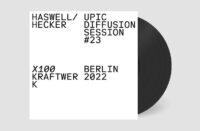
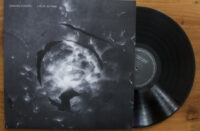
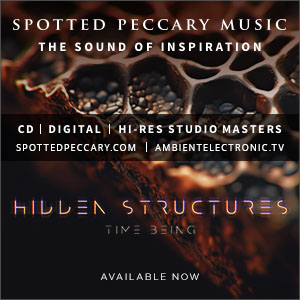
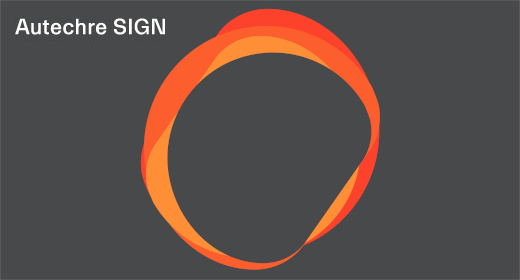


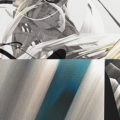
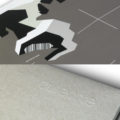
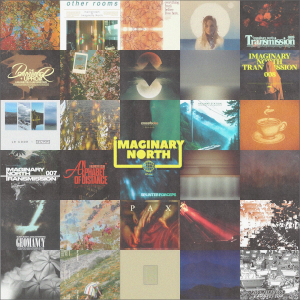

![Romanowitch :: A critical season substitute (glitch.cool) — [concise]](https://igloomag.com/wp/wp-content/uploads/2025/03/romanowitch-a-critical-season-substitute_tape_feat-75x75.jpg)







